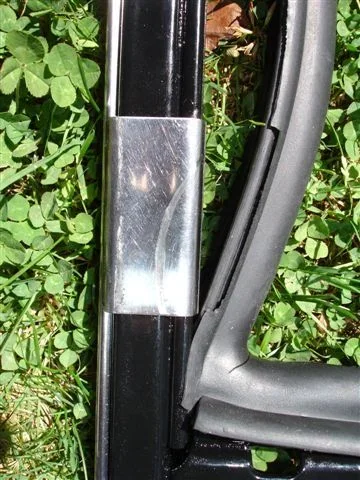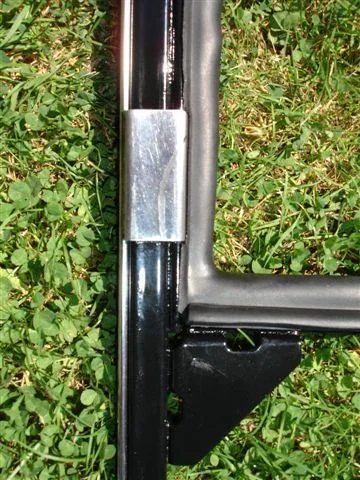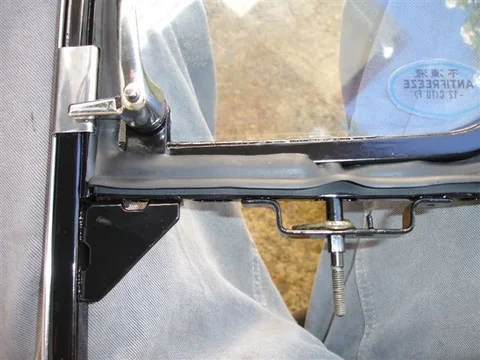- Thread starter
- #41
The weather's too good at the moment for me to get stuck into this thread. (I'm too busy working on the driver's door.)
Scraping out the cr#p from the door cavity has reavealed a few more rust holes than with the passenger door:

And, because I want to keep the cruiser usable (it's a daily-driver rather than a weekend-toy) for the longest time possible .... I have got a lot of the paint stripped, hinge pins partially knocked-out, door limited removed etc etc .... while the door is still in place.
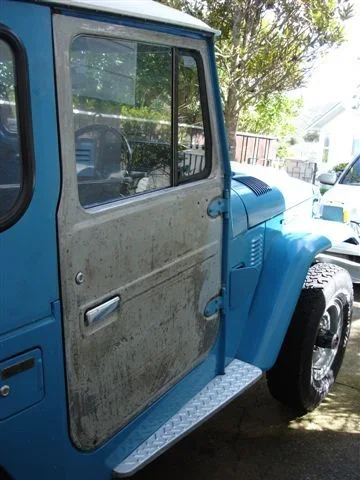
So I can still leap in and take off ...any time I want. (But not for long ... because the holes are best welded with the door removed. )


Scraping out the cr#p from the door cavity has reavealed a few more rust holes than with the passenger door:

And, because I want to keep the cruiser usable (it's a daily-driver rather than a weekend-toy) for the longest time possible .... I have got a lot of the paint stripped, hinge pins partially knocked-out, door limited removed etc etc .... while the door is still in place.

So I can still leap in and take off ...any time I want. (But not for long ... because the holes are best welded with the door removed. )








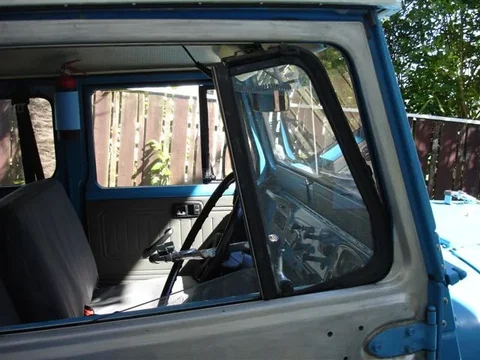



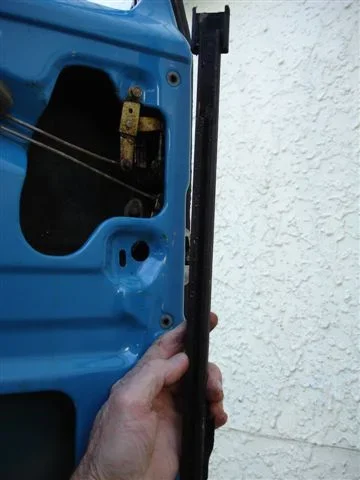


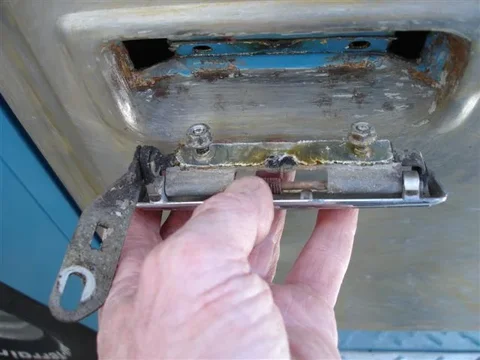





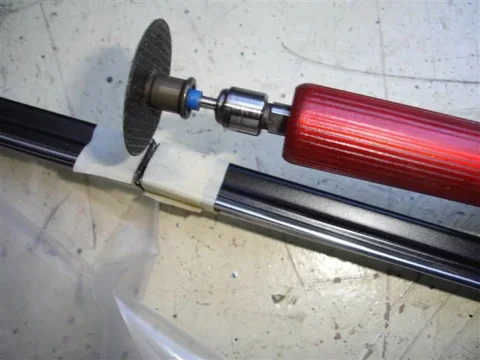


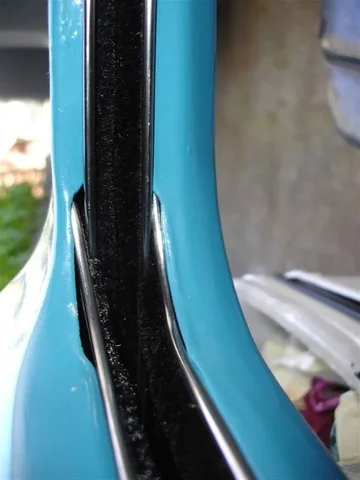
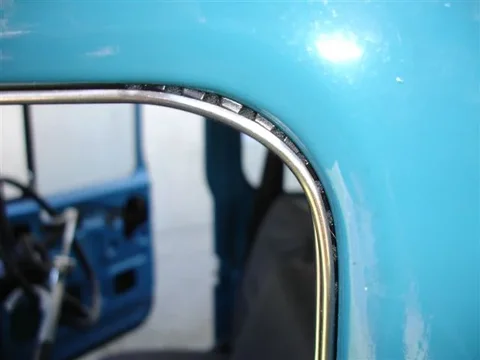
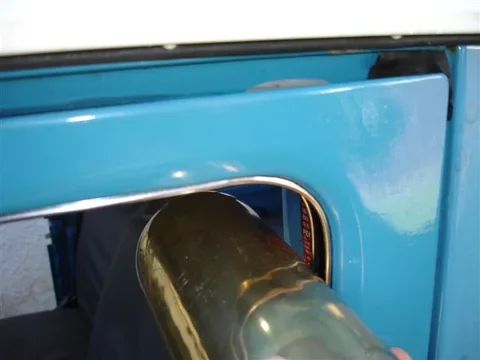



 )
)
